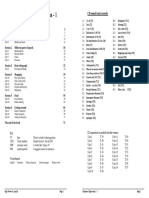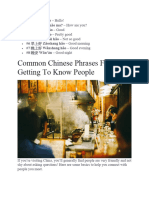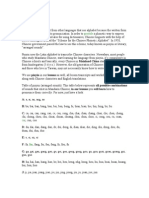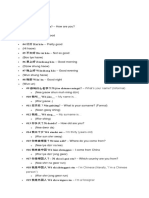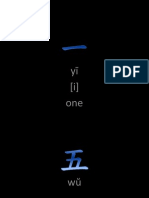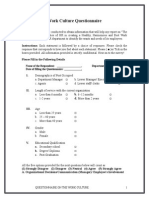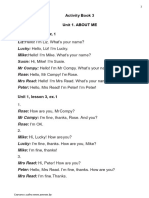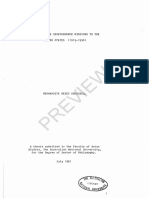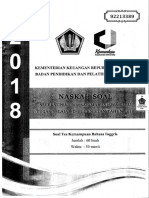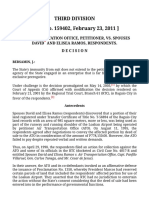0% found this document useful (0 votes)
116 views37 pagesFl1 Lecture Notes
The document provides information about numbers in Cantonese, including:
1) The Cantonese numbers 0-9 and their pronunciations.
2) How to express numbers from 10-100 by combining place values.
3) How to count to 1000 by extending the place value patterns to hundreds and thousands.
4) Examples of how to use numbers when asking for phone numbers, bargaining prices, and telling the date and time in Cantonese.
Uploaded by
domingrace65Copyright
© © All Rights Reserved
We take content rights seriously. If you suspect this is your content, claim it here.
Available Formats
Download as DOCX, PDF, TXT or read online on Scribd
0% found this document useful (0 votes)
116 views37 pagesFl1 Lecture Notes
The document provides information about numbers in Cantonese, including:
1) The Cantonese numbers 0-9 and their pronunciations.
2) How to express numbers from 10-100 by combining place values.
3) How to count to 1000 by extending the place value patterns to hundreds and thousands.
4) Examples of how to use numbers when asking for phone numbers, bargaining prices, and telling the date and time in Cantonese.
Uploaded by
domingrace65Copyright
© © All Rights Reserved
We take content rights seriously. If you suspect this is your content, claim it here.
Available Formats
Download as DOCX, PDF, TXT or read online on Scribd
/ 37





